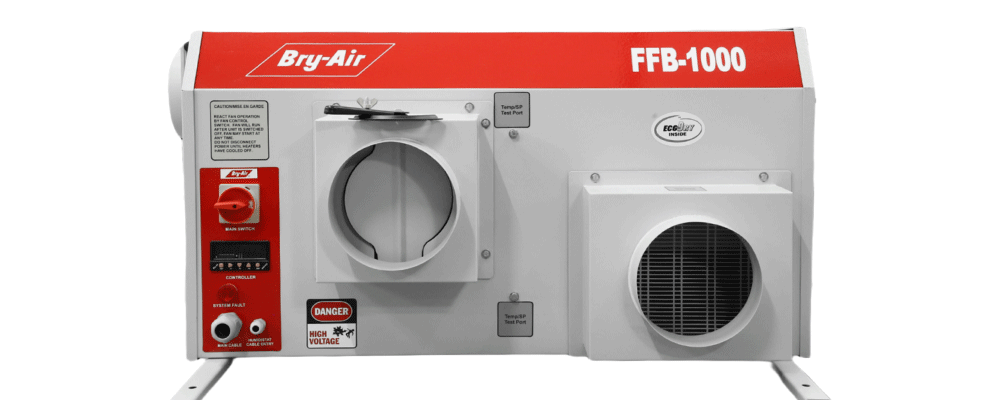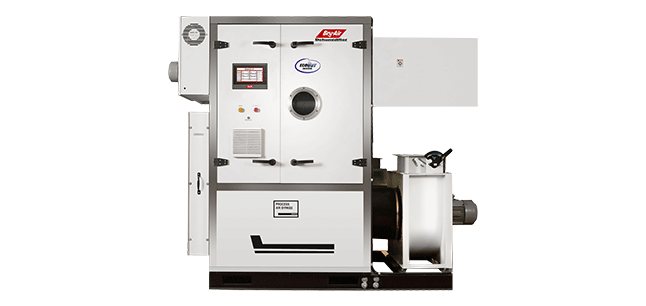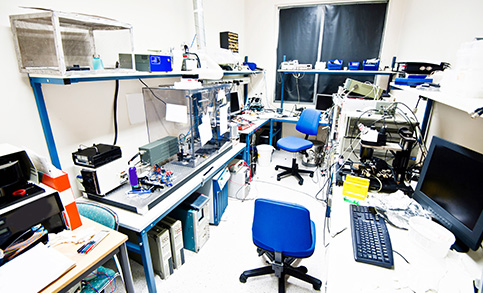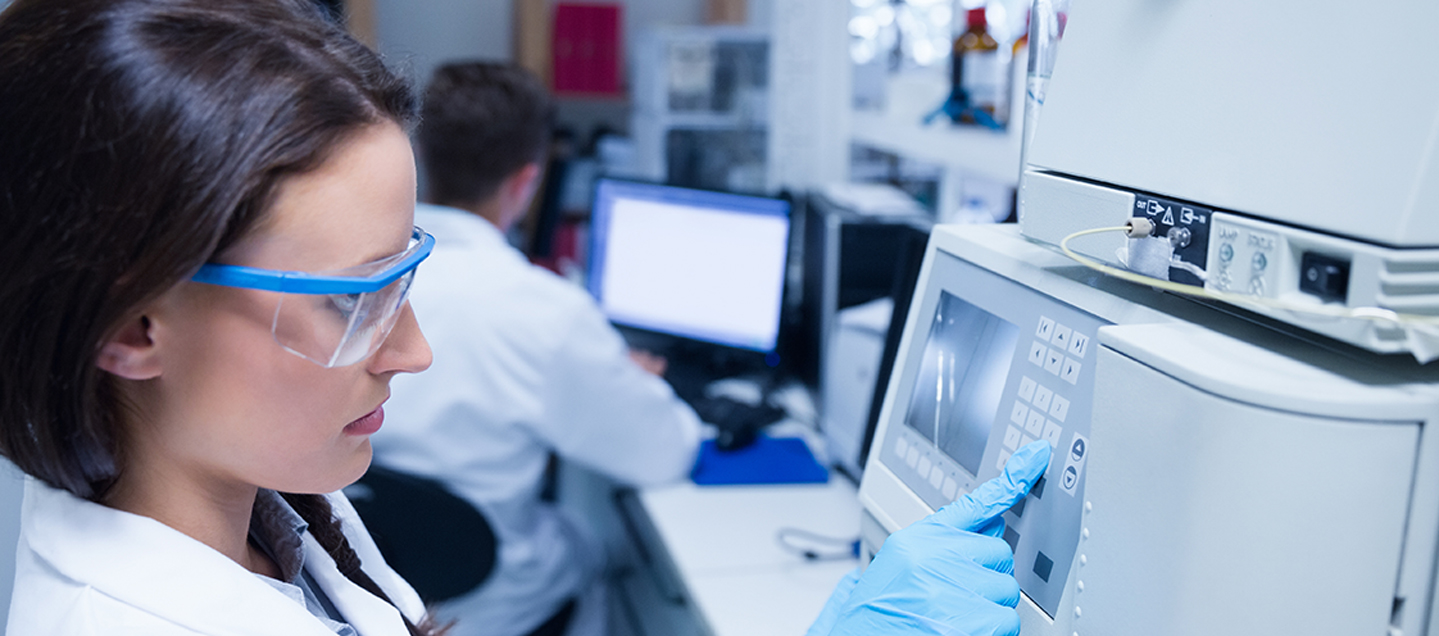Investment casting is an industrial process, one of the oldest known metal-forming techniques. In early years, when beeswax formed the pattern, to the current high-technology waxes, refractory materials and specialist alloys- the castings allow the production of components with accuracy, repeatability, versatility and integrity in a variety of metals and high-performance alloys. Investment casting process makes use of most metals, commonly using aluminum alloys, bronze alloys, magnesium alloys, cast iron, stainless steel, and tool steel.
This process is beneficial for casting metals with high melting temperatures that cannot be molded in plaster or metal. Parts that are typically made by investment casting include those with complex geometry such as turbine blades or firearm components. High temperature applications are also common, which includes parts for the automotive, aircraft, and military industries.
During the casting process the ceramic mould which is also known as investment is produced by three repeating steps :
The first step involves dipping the cluster into the slurry of fine refractory material and then letting any excess drain off, so a uniform surface is produced. In second step, the cluster is stuccoed with a coarse ceramic particle, by dipping into a fluidised bed, placing it in a rainfall-sander, or applying by hand. In final step, the coating is allowed to harden. These steps are repeated until the investment is the required thickness, which is usually 5 to 15 mm (0.2 to 0.6 in).
After these steps the investment is allowed to completely dry, which can take 16 to 48 hours. It is then turned upside-down and placed in a furnace or autoclave to melt out and/or vaporize the wax. Drying speed can be significantly enhanced through Investment casting dehumidifiers / dryers. In today’s fast paced business world, drying time may impact the supply quantities affecting the downtime ultimately resulting in loss of productivity. Use of investment casting dehumidifiers, drying time can be reduced to major extent which in turn fastens the whole process without interfering with the quality of finished product.
Many hygroscopic materials are used during investment casting process. In the lost wax investment casting process, a wax mold of the part is first made and then dipped in porcelain. Proper moisture control doesn’t let porcelain loose its shape due to excessive moisture which ultimately leads to uniformity and consistency in the finished products. Maintaining appropriate RH level also helps in controlling the dryness of air which restricts porcelain to shrink, else it can cause hairline fissures in the mold.
Use of metal is one of the important and common aspect in a casting process. Metals easily react with humidity or residual moisture in the mould, which leads to formulation of Hydrogen gas affecting the finish of end product. The reaction can be neutralized through proper drying of mould.
Moisture control for drying of ceramic shell during casting process:
Drying of ceramic shell is also an important criterion in investment casting process. Nowadays, mainly water based slurries are applied because of their low cost which has actually increased the significance of drying during the process. The main task during drying of ceramic shell basically is to extract the water inside as gentle and as fast as possible. The wax part under the slurry has to remain undamaged which is very important for the strength of the shell, should not be effected. Drying process through vacuum has not been really successful and the shells normally break to pieces during dipping. Dehumidification is considered the best viable option for controlling the chamber and shell temperature. Dehumidifiers basically reduce the humidity of the accelerated air and keep it down to a very low percentage, making it conducive for ceramic shell preparation.
Benefits of using Dehumidifiers during investment casting process:
Humidity control with Bry-Air Dehumidifier is the simplest and most cost effective solution:
Bry-Air Dehumidifiers enable smooth operation during casting process; ensure that it goes ‘on line’ immediately by restricting relative humidity in the area where mould is prepared. Bry-Air Desiccant Dehumidifiers are capable of maintaining a RH as low as 1% or even lower at constant level, regardless of ambient conditions and thus maintain the ideal environmental conditions for investment casting process. Bry-Air Dehumidifiers offer the simplest and most cost-effective solution to moisture/humidity problems.

The powder coated, CNC fabricated compact desiccant dehumidifiers (FFB series 170-4500 CMH) are lightweight and can be installed above the false ceiling.

For complete air handling and environment control needs (ranging from 2,500 CMH to 25,000 CMH)


Overlooking excess humidity in labs cause damage to electronic machinery, resulting in erratic readings, increased maintenance costs, and reduced equipment life. Commercial, industrial, and educational facilities often overlook humidity control, leading to sensor malfunctions and inaccurate lab results.
The crux of the problem at SIRIM-National Metrology Lab, Malaysia was condensation of water vapour. Condensation causes corrosion and micro-corrosion which in turn leads to inaccurate observations in many critical experiments.





